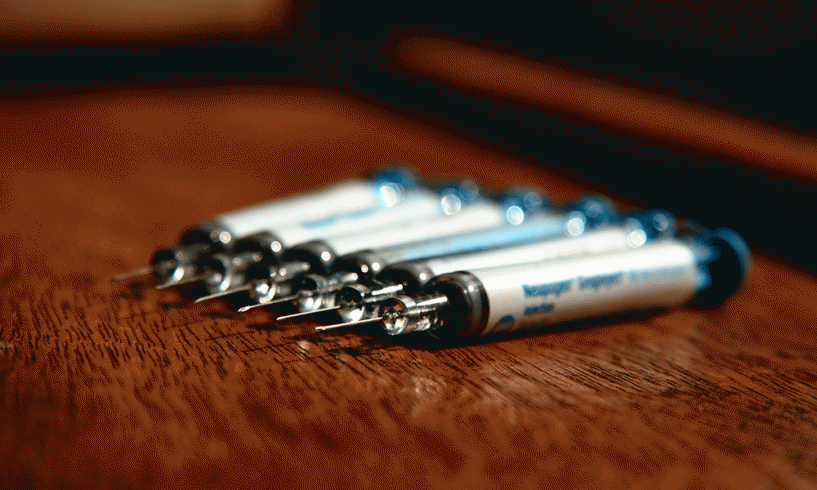Erin arrives in your injection clinic for her monthly injection of fulvestrant. She tells you that her regular nurse always warms the drug before the injection by wrapping it in a warm pack because it lessens the discomfort during the injection. She says her nurse also told her it makes the medication easier to administer.
What Would You Do?
A number of injectable medications must be refrigerated until administration. Failure to store at the appropriate temperature can result in subtherapeutic doses and unexpected serious sequelae.
The nurse quickly located an online copy of the package insert, which stated, “Refrigerate, 2°–8°C (36°–46°F).” However, the insert did not mention warming—by any means—prior to administration. While waiting for the medication to arrive from the pharmacy, the nurse contacted the medical information department at AstraZeneca.
The medical information department representative told the nurse that only two nursing articles recommended warming fulvestrant to room temperature before administration (although the second article simply referenced the first). However, neither article presented data on drug stability or efficacy. Furthermore, no studies have specifically looked at how fulvestrant might be affected by temperatures higher than recommended. Thus, because the safety and efficacy could not be guaranteed, the representative indicated that warming prior to use is not recommended by the manufacturer.
After receiving this information, the nurse carefully explained to the patient that warming was not recommended by the drug company. Later, she asked the pharmacist to provide an in-service to the injection room nursing staff.






